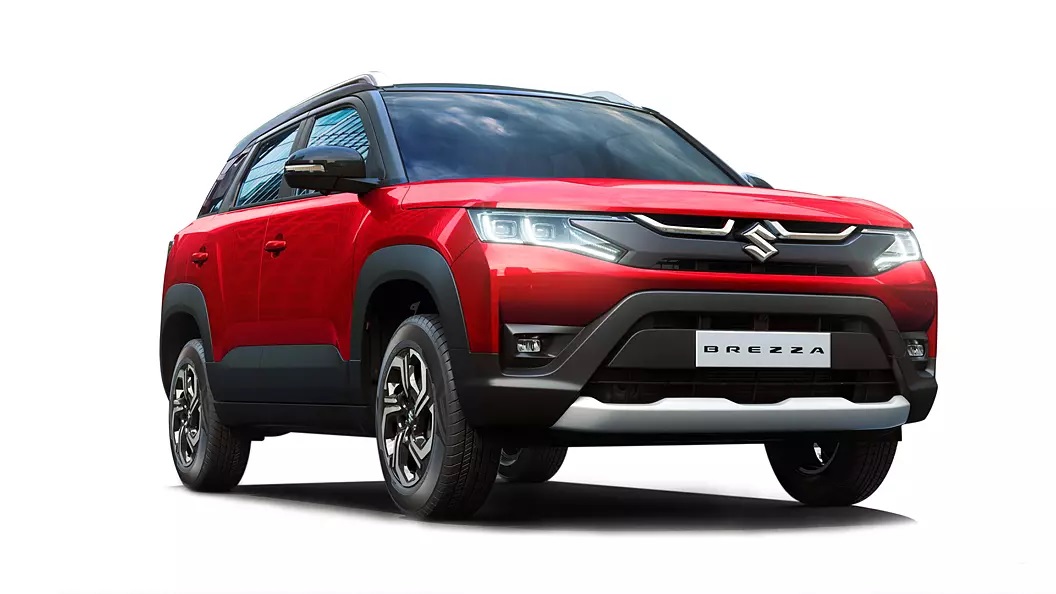Key Safety Features to Consider Before Purchasing a Car
Key Safety Features to Consider Before Purchasing a Car

Did you just step into a Maruti showroom and covet the Jimny or zero in on the youthful Alto K10? Love at first sight should not be the deciding factor in buying a new car! Safety is the priority. While cruising well within speed limits, you will likely encounter experienced drivers who abruptly change lanes, careless pedestrians rushing across, and individuals who mistake the road for an F1 racetrack. Car manufacturers install top-notch safety equipment today, but it is essential to know precisely which top safety features you need to look for before buying a car.
First, did you know that the Global New Car Assessment Programme (G-NCAP) determines vehicular safety? We evaluate simulated car collisions using a crash test barrier and adult and child dummies as passengers. While car manufacturers consider G-NCAP as the gold standard to determine the safety of their cars for potential owners, it should not be the sole determining factor when choosing a car.
This blog provides insight into the essential safety features, both active and passive, that you should consider before buying a car. As indicated by their monitors, active features are those that instantly kick into gear, such as a warning sound or voice alert that you have veered off into another lane. Passive features are no less instantaneous but come into play when an actual emergency pops up, such as the airbags ballooning out on impact with a road divider.
Let's check out the various active and passive safety features that contribute to vehicular safety.
Active Safety Features
Let's examine the active safety features that are necessary for a car.
For the car brakes
The anti-lock braking system (ABS) is a priority in cars. The system instantly detects the possibility of a wheel locking, a common occurrence during panic braking, and aids in restoring steering control. The Electronic Brake-force Distribution (EBD) distributes the precise amount of braking force to each wheel, while the Brake Assist System (BAS) automatically increases the braking force when necessary for a particular situation.
For overall car stability
Worried about skidding? The Electronic Stability Control (ESC) strategically embeds its magical sensors in both the steering wheel and the car wheels to ensure complete steering control.
For the car tires
Sturdy wheels are essential for the car's movement, so it's crucial to have tires that are not only of high quality but also have the right amount of pressure within them. You don't want a situation where a tire blows out due to insufficient pressure, nor do you want an extreme situation where excessive pressure causes issues with road grip. The Tire Pressure Monitoring System (TPMS) proactively alerts you to avoid such situations.
For Guiding the Car Driver
In the driver's seat, you are the primary person steering the car in the right direction, and having a guiding hand is pretty handy! Some (not all) cars come equipped with Advanced Driving Assistance Systems (ADAS), which are a boon. It alerts you to a probable hazard, such as a potential accident in a blind spot or when you inadvertently steer into another lane.
There is also a Forward Collision Warning (FCW) system to warn you of a possible crash into, say, a lamppost that is at a turning. The FCW smartly gauges the speed and distance between your car and the obstacle, giving audio-visual pings for you to take the necessary action quickly to avoid a dangerous impact.
Passive Safety Features
Let's examine the passive safety features that are necessary for a car.
Seat belts
The seat belt, as its name suggests, serves as a safety feature that ensures you remain within the seat's confines. As a front-seat passenger, you are not thrown forward onto the dashboard or, if seated behind, the rear of the seat in front of you. A key feature of a seat belt is the amount of slack it provides to ensure that, although you may find it uncomfortable, you do not loosen it up excessively to make it dangerous for your safety.
Airbags
Without a doubt, an airbag drastically reduces the severity of an injury in case of a collision. The driver and the front co-passenger are the intended recipients of the front airbags. Some high-variant cars also have front and side airbags for front- and rear-seated passengers. Luxury models may even have roof-installed airbags for head protection.
Door Lock and Unlock Systems
Some car models feature sensor systems that automatically lock the doors when they detect a specific speed, preventing accidental opening. Conversely, some cars feature an Impact Sensing Door Unlock system that automatically unlocks the doors when it detects a potential crash.
Crumple zones
The crumple zone or crush zone is designed based on the size and weight of the car. That is, specific segments of the car's frame bend or collapse gradually onto themselves, acting as buffers in reducing the force of an impact on the occupants.
In addition to the above, other beneficial safety features to look out for are rear parking sensors or a rear camera that gives a clear vision of objects or people in the rear when parking; inbuilt metal bars for child seats known as ISOFIX child seat anchors; and high-tensile strength glass for the windscreen and passenger windows.
Conclusion
Automotive technology has advanced significantly to guarantee a secure journey in your car. Visit the nearest showroom of Indus Motors, the multiple award-winning No. 1 dealer of India's most loved car brand, Maruti. In addition to other Maruti variants equipped with the top safety features, we have the Maruti Suzuki Brezza with a 4-star GNCAP rating. Drop in today to experience professional service that will soon have you driving out in a new car!
Check out the nearest Indus Motors Showrooms near you.
Feel free to contact us for your queries.




